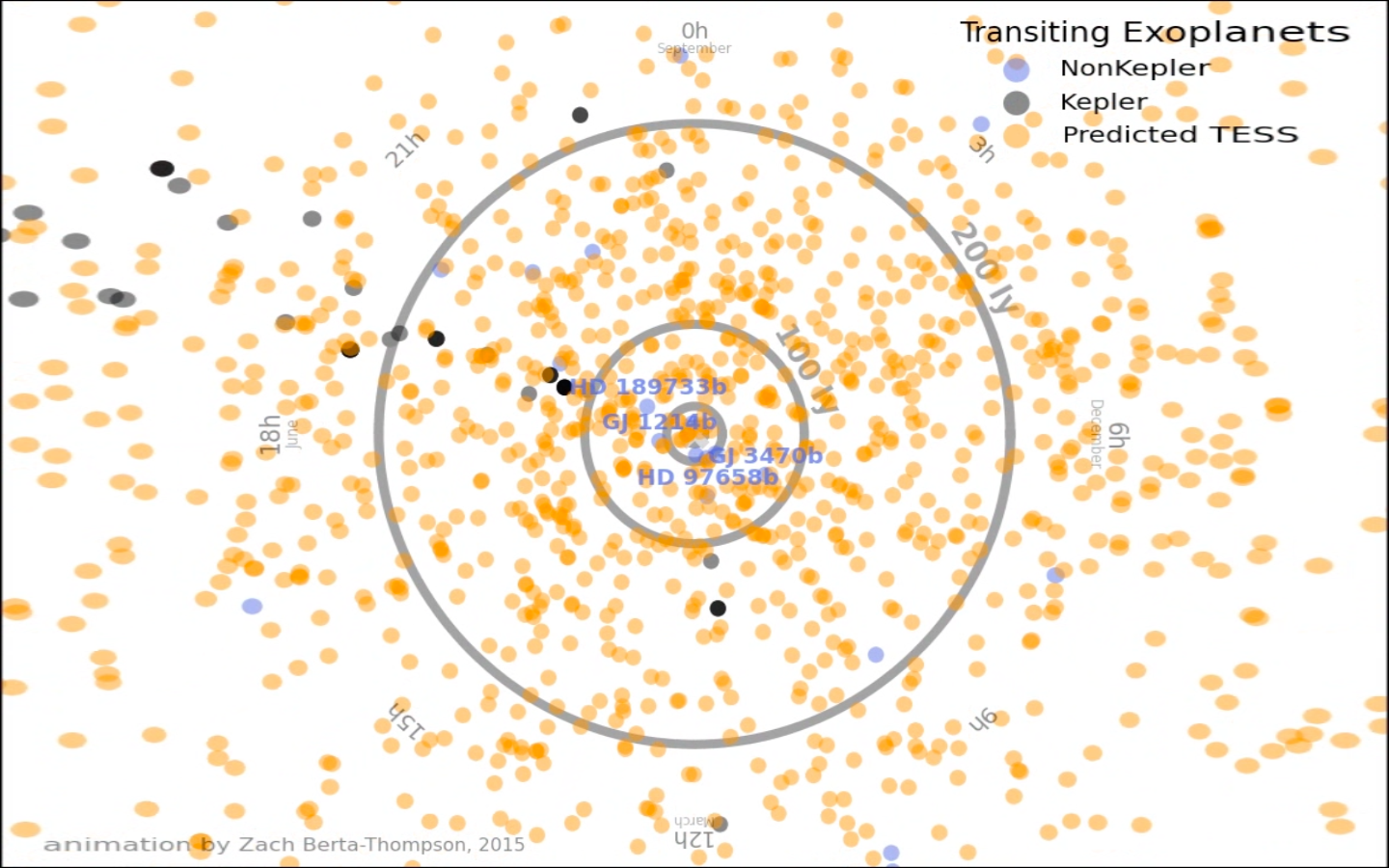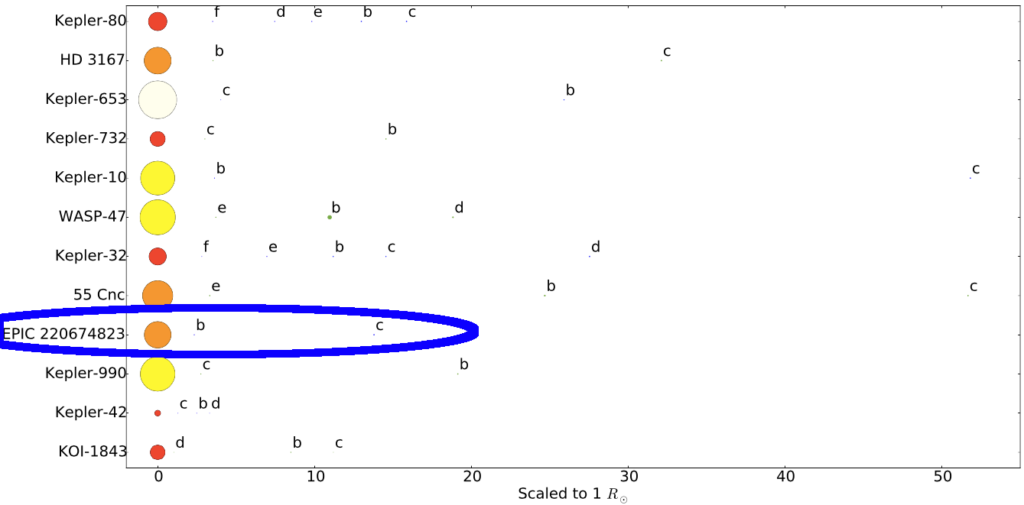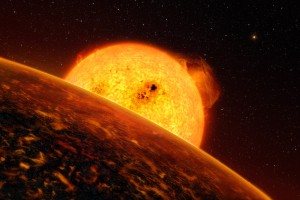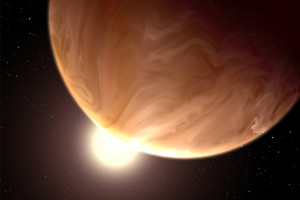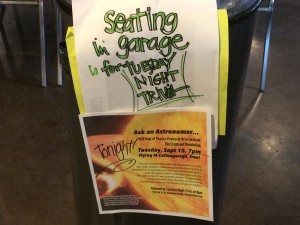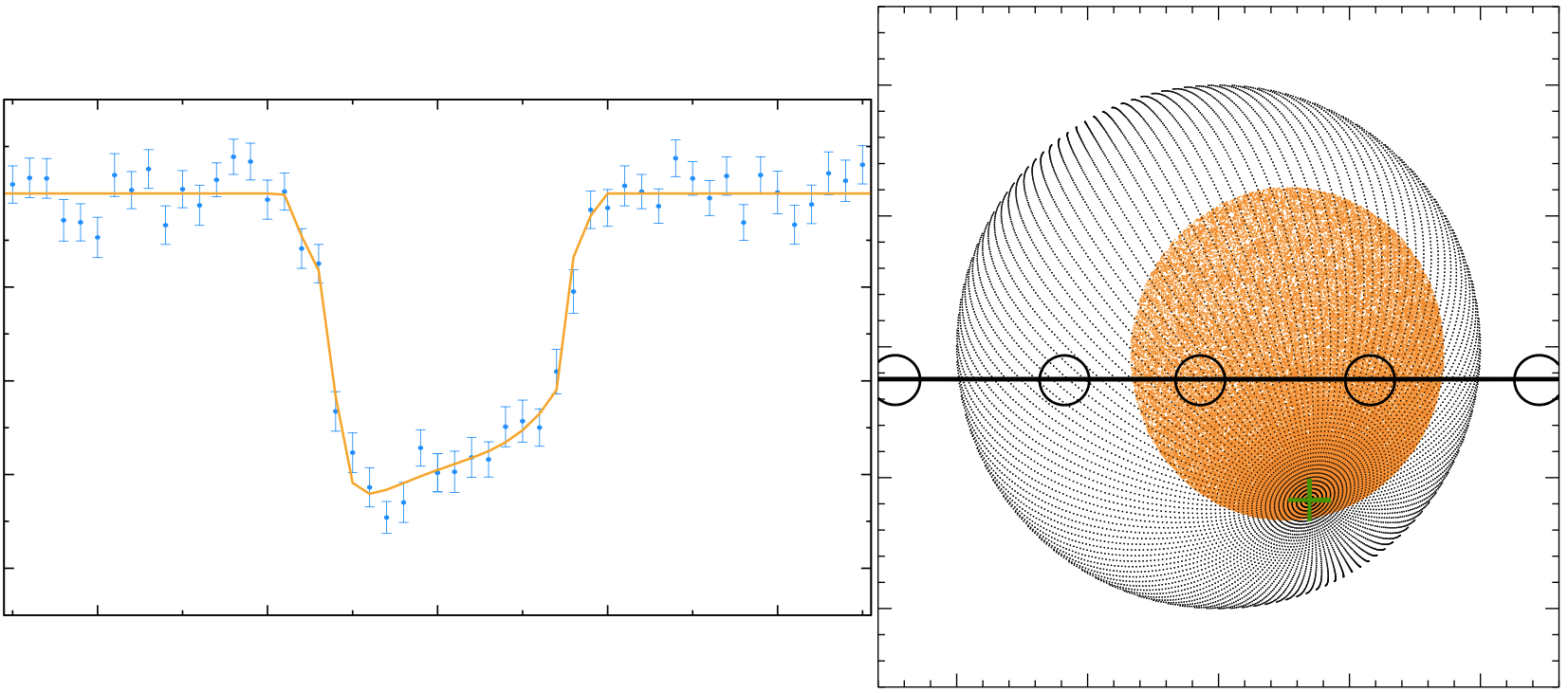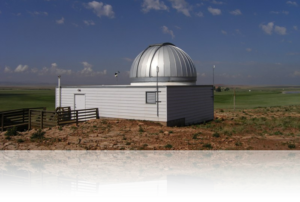
Wyoming’s Red Buttes Observatory
As part of rich tapestry of American astronomy, lots of universities across the US have small but highly serviceable observatories, with histories going back many decades. For instance, Boise State’s own on-campus observatory was installed in the late 70s, and although it’s hardy and still functional, like a lot of these observatories, it lacks capabilities that would allow its use as an active research facility. Such small, older facilities have primarily been used for outreach and teaching, rather than up-to-date research.
In the last few years, tremendous improvements in hardware and software have dramatically reduced the costs and expanded the availability of research-grade instrumentation and computational capabilities. Many of these observatories are now roaring to life and contributing to research efforts at the razor-edge of astronomy – characterizing new exoplanets, contributing to rapid-response gamma-ray burst surveys, among other projects.
However, the process of upgrading these observatories is challenging, as we’ve discovered in trying to refurbish Boise State’s observatory, and there is not a lot of guidance out there about best practices.
Recently, David Kasper of University of Wyoming Physics and Astronomy led an effort to automate Wyoming’s Red Buttes Observatory (RBO), located about 15 miles south of Laramie. Thankfully, he documented their work in a paper published late last year.
The paper provides lots of very specific technical details and even the source code the group used to make RBO a facility capable of supporting undergraduate and graduate research. For instance, RBO’s new weather station determines meteorological conditions at the observatory and posts them, every 60-s, to a public website. Automated monitoring of these conditions allows the observatory itself to decide whether the weather is conducive to observing and even to close up the dome in the case of inclement weather.
The new observatory has collected transit observations of hot Jupiters, a project right up my alley. And so, their work will provide an important roadmap for Boise State’s efforts to renew our observatory. We hope, soon, to see the shadows of distant worlds right from downtown Boise.
—
If you’d like to donate to help with refurbishing our observatory, please visit this website.

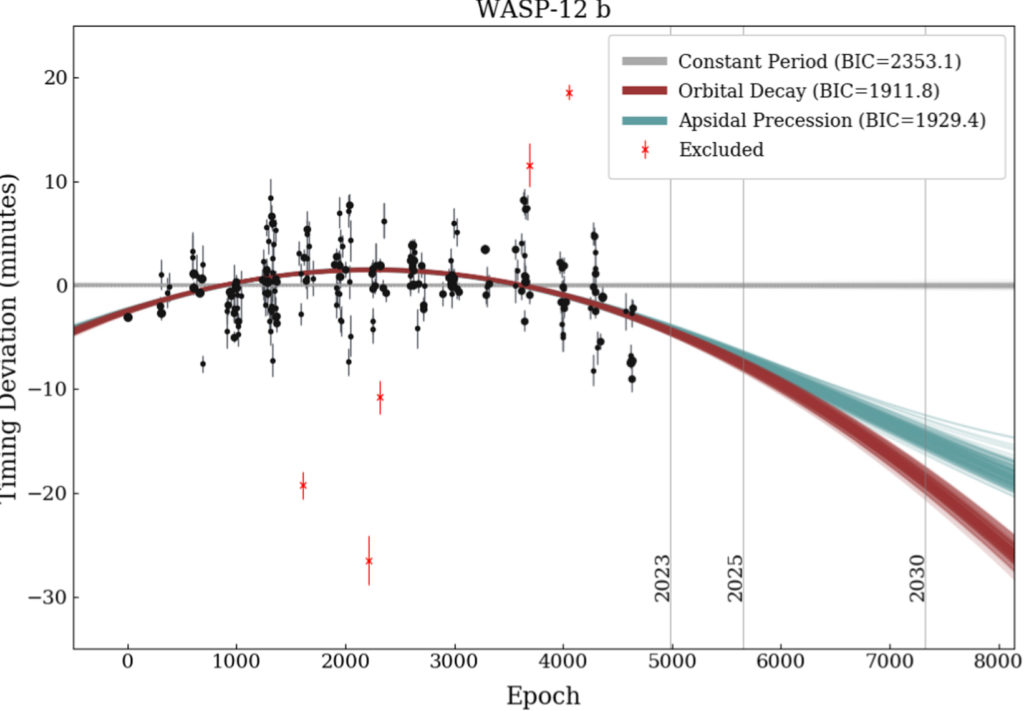

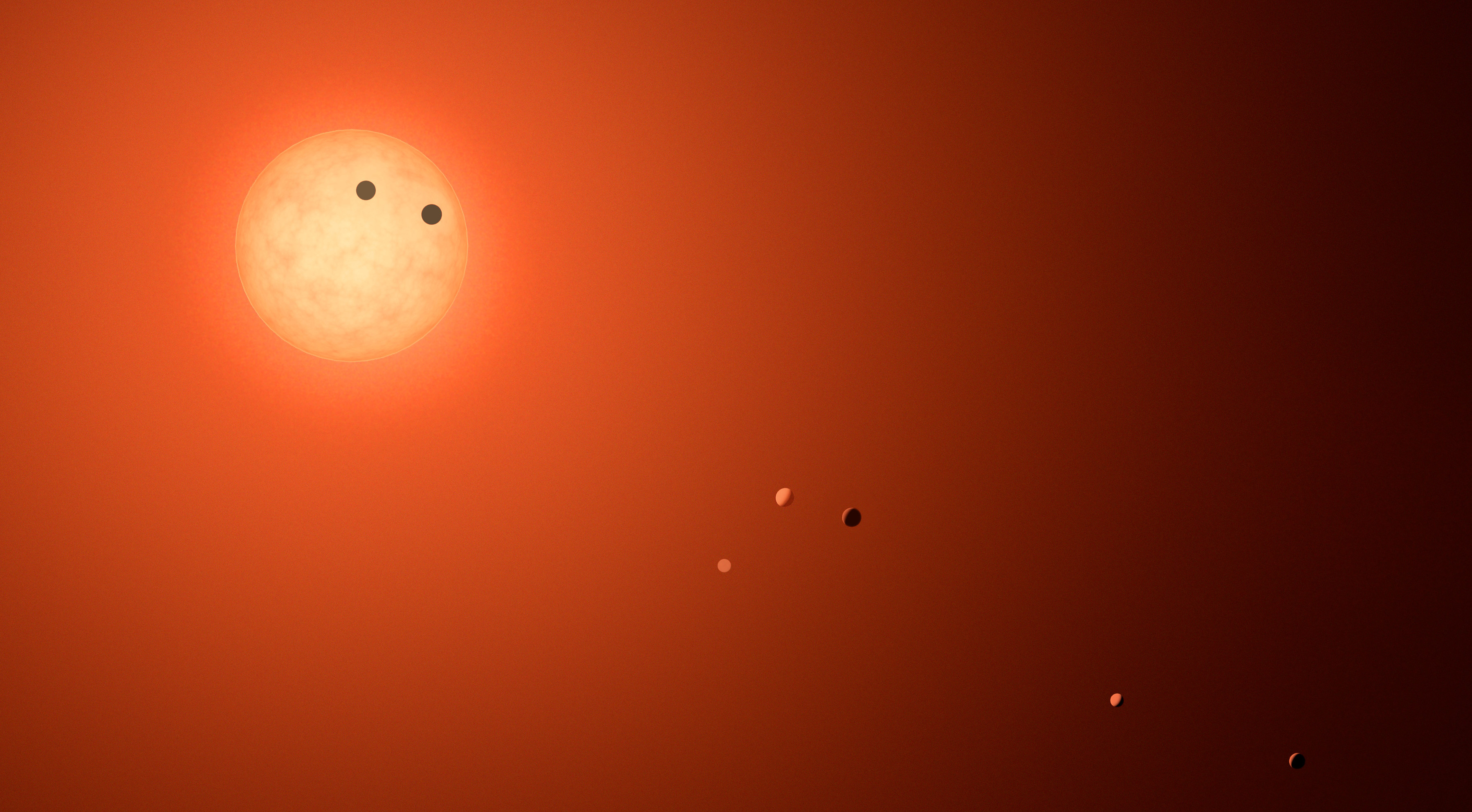
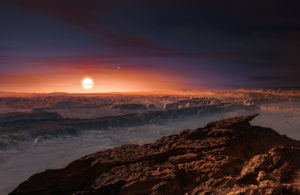 A very active and engaging morning session on detecting
A very active and engaging morning session on detecting 